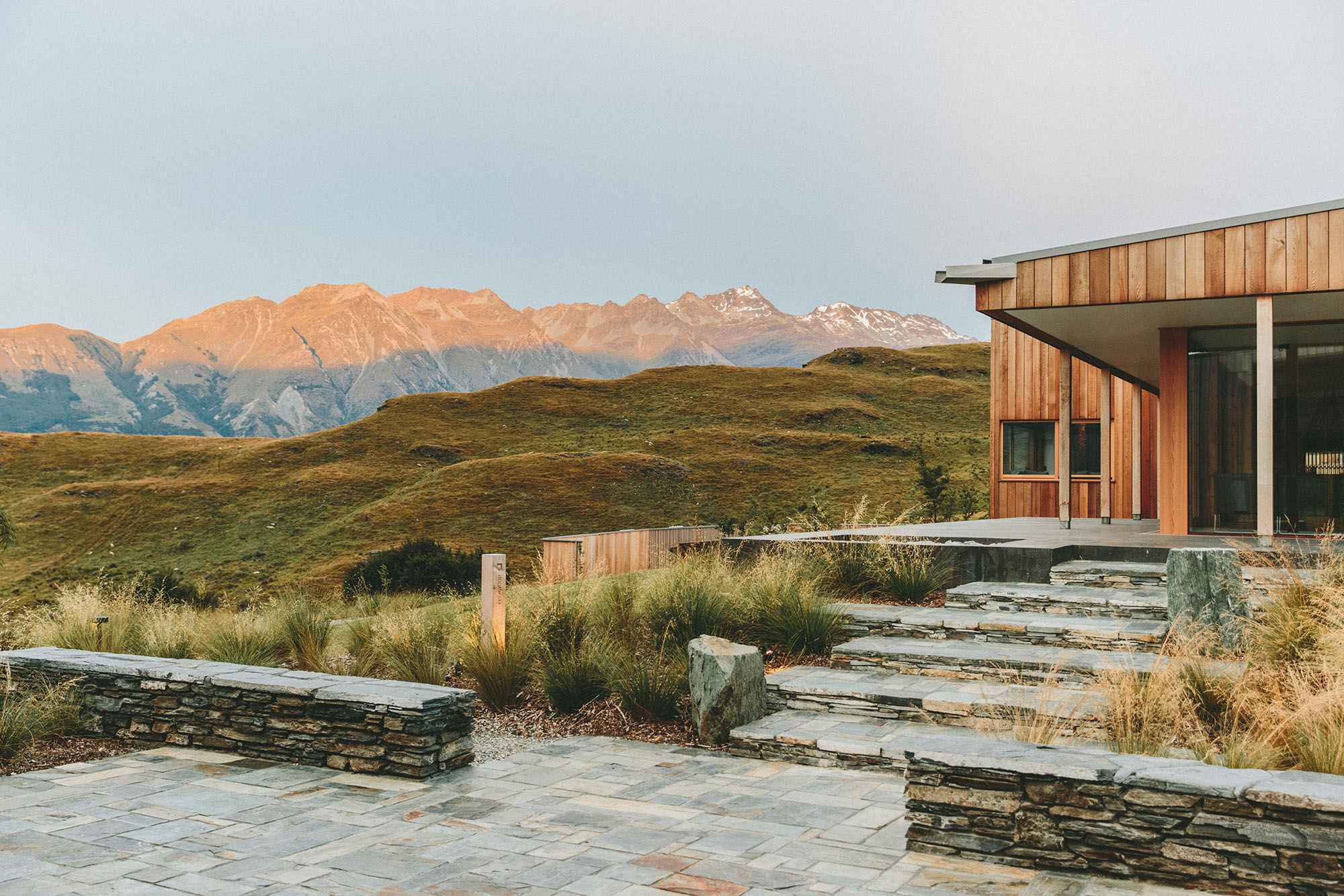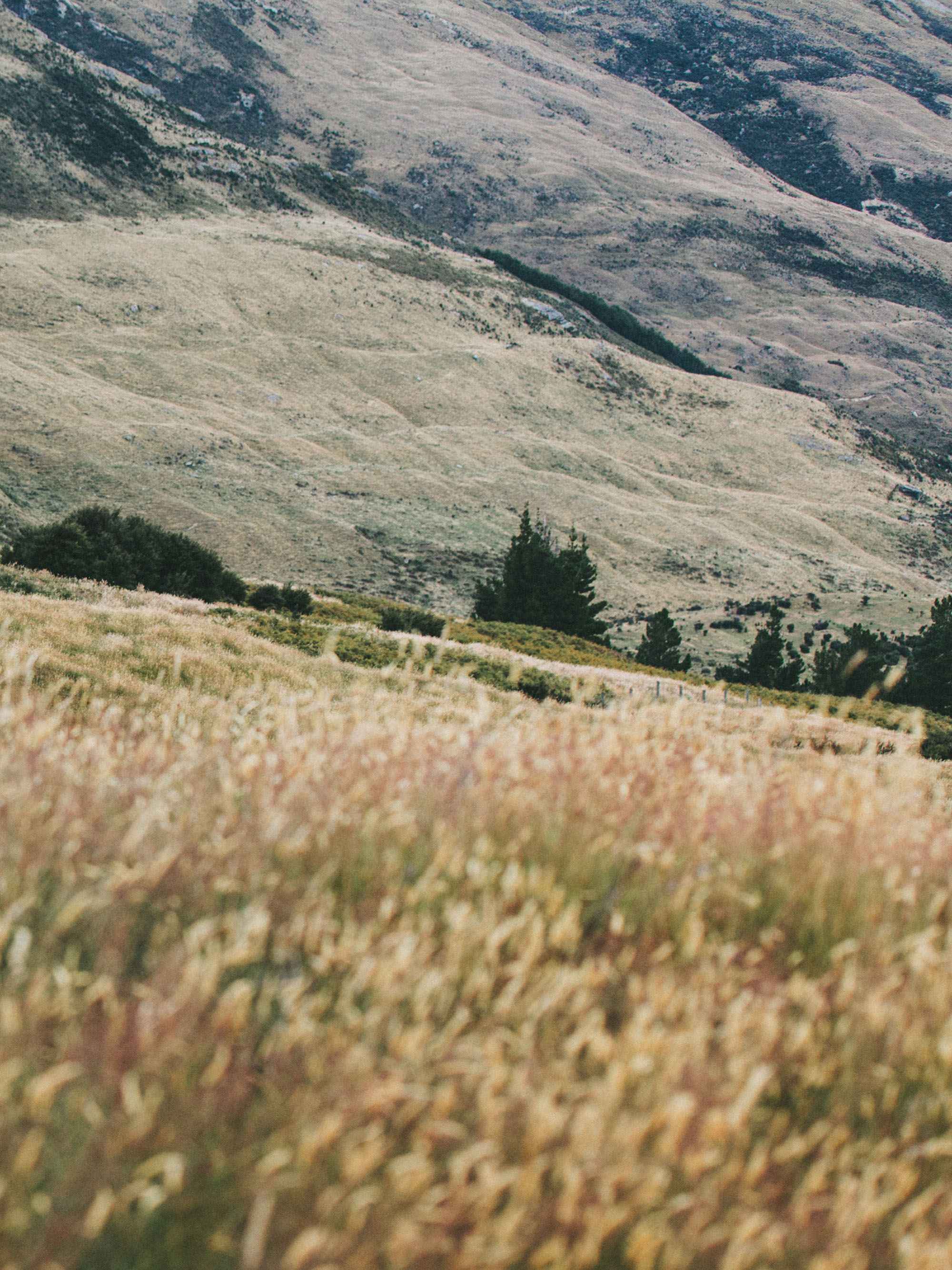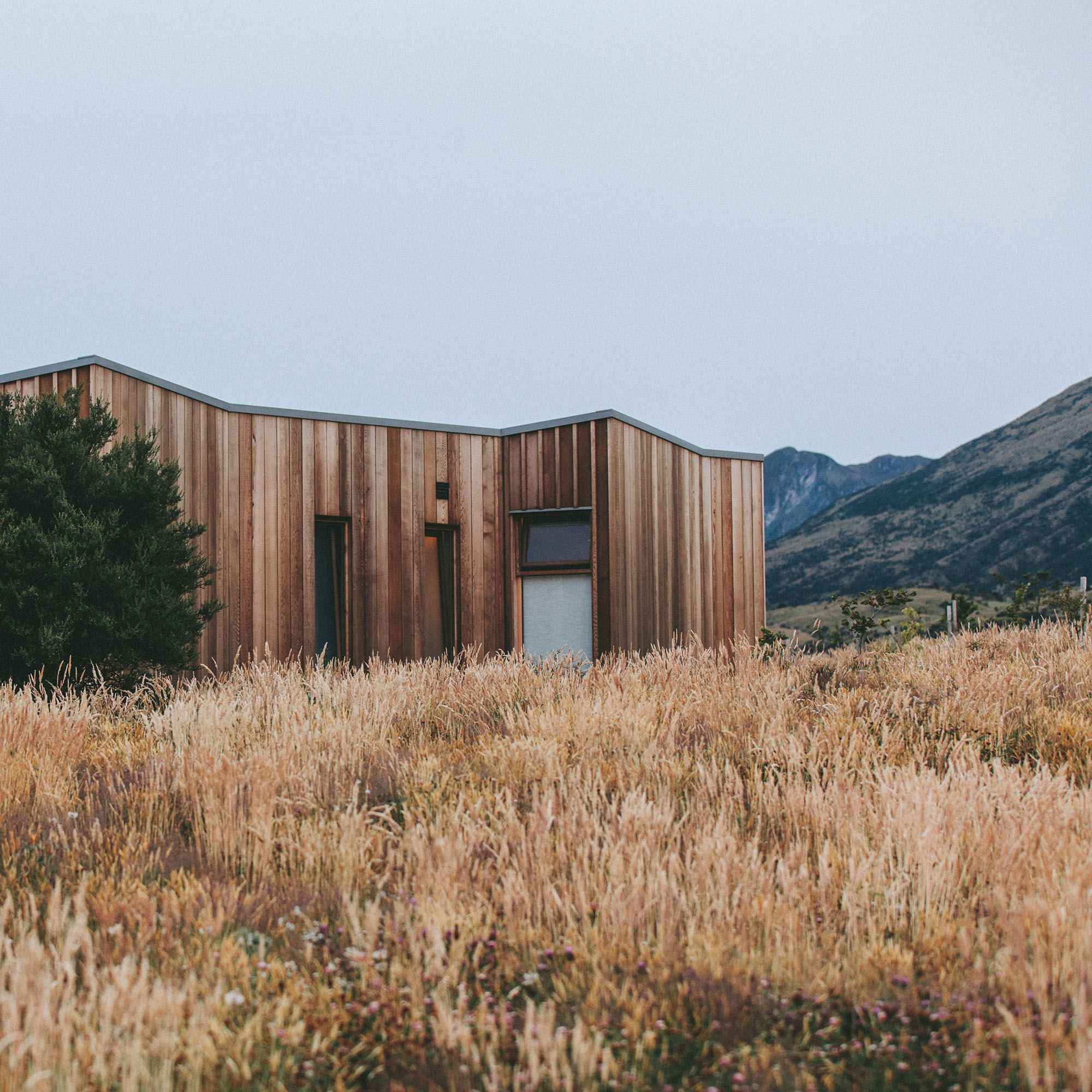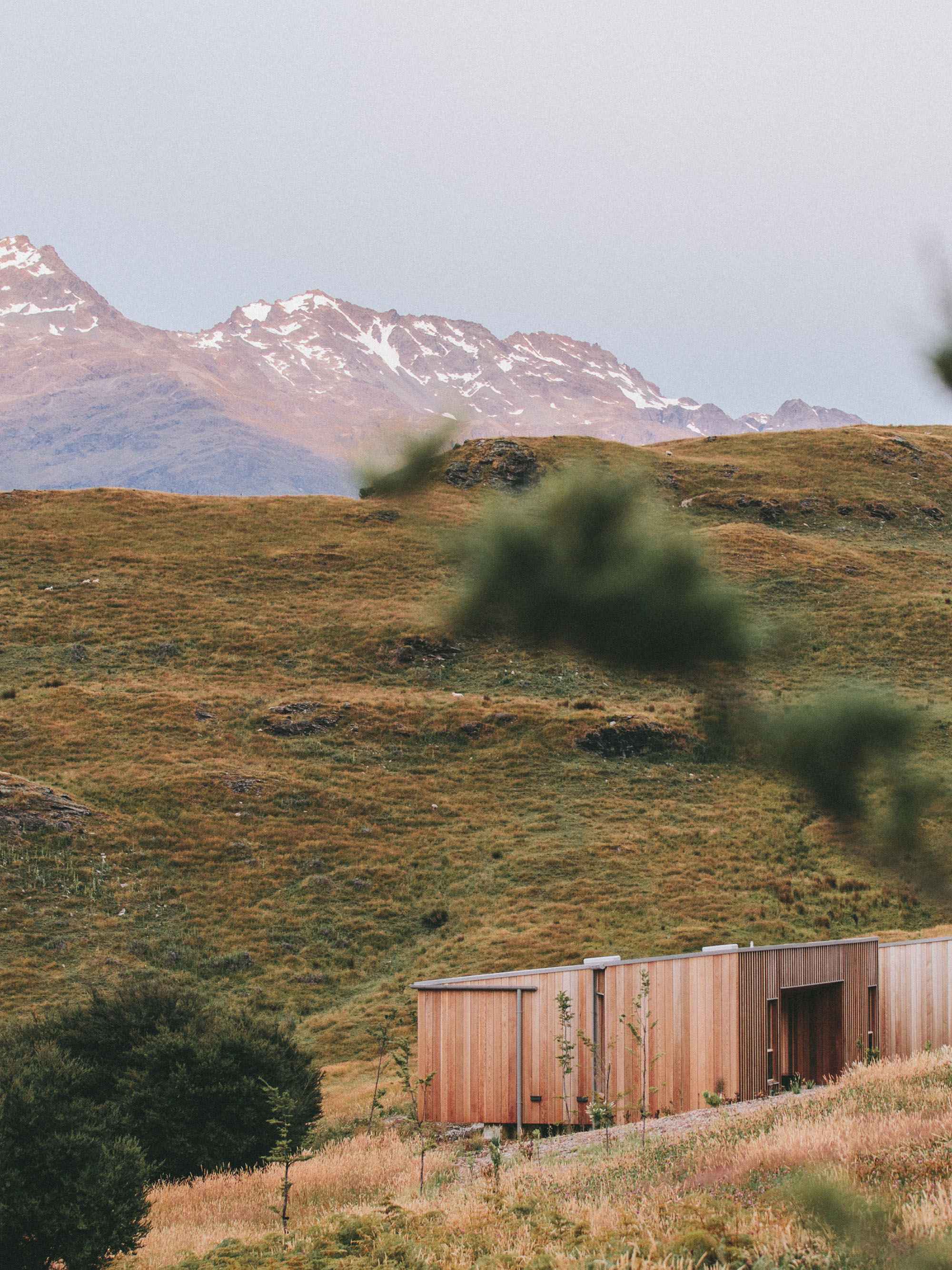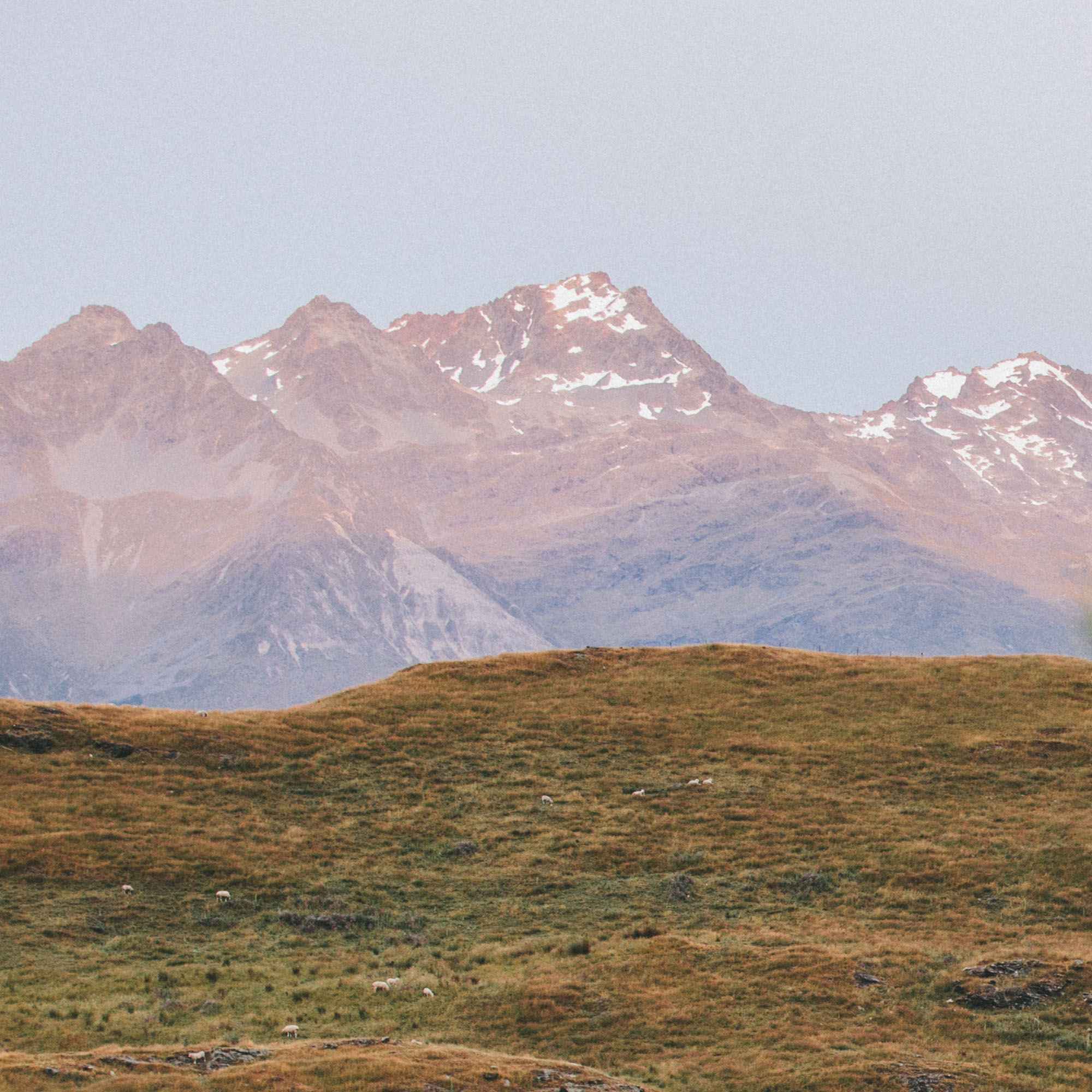TATIANA BILBAO ESTUDIO
Tatiana Bilbao
Tatiana Bilbao founded Tatiana Bilbao ESTUDIO in 2004. She is based in Mexico City, and has completed projects in Mexico, the United States, France, Guatemala, China, and more. The studio pursues architecture through multidisciplinary perspectives. The working method uses hand drawing and iterative models to keep design and development rooted in spatial and not digital exploration. Bilbao’s work has been published in the New York Times, A+U, Domus, among other publications. In this Interview, Tatiana walks us through one of her representational methods—the collage—that is well-adapted to the ever-changings of the projects, tells us her predilection for ancient buildings, and shares her design belief that architects should create platforms to enable personal experiences.
“When you’re young, you don’t have commissions. So what do you do? You invent your own way, no? ”
How did you start your practice in Mexico City?
I found a former colleague, student, and he said, “Well, I'm coming from the Netherlands. I want to open an office. I'm inviting this and these other friends from school. Would you like to join?” I'm like, “Yes, tomorrow, where do I sign?” We worked together for five years. We built a body of work that would be the basis of the possibilities of getting commissions.
How did you find your first projects?
When you're young, you don't have commissions. So what do you do? You invent your own way, no? We thought of designing a house for Gabriel Orozco, the artist. One of the people that I know said, “well, you know what, I know a friend that knows Gabriel Orozco. Do you want to meet him?” And we're like, “Yeah, why not?” And we showed him the house. He was curious about it and he followed a little bit the process and he said, “Okay, why don't we do this and this? Maybe for me to live here, I would do this and this”. Five years after, Gabriel Orozco knocked on my door and says, with the model, the same we did, but now this time he’s with the model, “can you help me build my house?” and this is why I help him built his house, and a lot of things started also from there. We're really active in proposing crazy things. And some of them just happened like the exhibition at the Luis Barragán house with Hans Ulrich Obrist, like bringing Herzog & de Meuron to Bellas Artes and having them lecture there. So then he really saw our work and this is how he invited us to work in China. And this is the first project in China. Those things we did there really kind of opened a lot of doors to and created the basis of what I do today.
Los Terrenos - Image by Rory Gardiner
How has that changed today, how do you find your projects?
We care about the people who we work with. So that's, I think, what builds the future relationships. The people from the Botanical Garden recommend us to the people of Mazatlan, the people from Mazatlan recommended us to the lady from the house. And then the lady from the house recommended us at the monastery, the monastery recommend us... You know, it's like all these it's all connected. It's very few projects have come just because they read about our office and then this is how they are there. And in a competition, you have to bring one idea. You know, it’s not that we arrive with an idea, is that we create the idea, you know, on the process and with the conditions and then the idea both with the processes and the conditions. It's a system that doesn't correspond to the same way we work. So that's why we don't do competitions.
How has the studio grown since then?
I think that we can't grow more, but also we wouldn't want to. We're not that type of firm. And I think that right now we have the perfect kind of balance between being able to produce a lot of things, being able to stop and have time because we have people, paid in hours to do beautiful things, and we still have time and it's still manageable, no? So it's good.
“when a client from us arrived to a meeting with a kitchen pan, a kettle and a toaster, and she sat she just said, “This is my house.” ...... And I understood everything, you know? ”
How do you carry out the process of collaboration?
One of the qualities I see of these types of things is that since everybody brings its own way, every process is completely different and unexpected for me, at least, no? Because you never know how the reactions or the inputs are going to come from these people that come from totally different contexts. So in the case of Pilgrimage route, we just, we work together to set the basis of our collaboration together, who was going to do what and how.
So we went to the site, we walk the Pilgrim route, and there we decided how we could... how we could place these things. And then everybody worked in its own way. Those were the conditions of their specific project and in every project there are different conditions. So we do it differently, every time we do these things, which we do it often. Right now we're working on a monastery in Germany, and we invited Dogma and Maio to work with us. So it's a team of three and it's a completely different story. In the case of the pilgrimage route, we decided that each of us would do a different structure. In this case, we decided we work as one office, so we work in this one office that is in three different parts, but that has three different heads and with three different, totally different ways of producing architectural thinking and producing architecture.
How does the collaboration inform your design process?
Every project has its own way of being represented. What are you trying to say to who? So we're talking to the client and in which phase and for what input, what is what you need to pick, no? So it is, it is three-dimensional thing or it is a more tactile thing and is it a more conceptual idea, you know?
Could you walk us through an example?
I think that this was something I really made clear when a client from us, which was really crazy, incredibly good, arrived to a meeting with a kitchen pan, a kettle, and a toaster. And she sat she just said, “This is my house.” And we're like, “What?” These three objects,—aesthetically, physically, functionally, the way they function and the way they are here together— is what I want my house to be like. And I understood everything, you know? This is a very long time ago, probably ten, 12 years ago. And this is what I understood that you really need to find the objects that will be able to convey your words in your own way.
We always know that the best thing to work on in the beginning is very abstract images or very abstract things, then starting to refine them, no? To testing relationships more clearly and more directly, and then become a little bit more realistic. And then again go back to the abstraction. The production of space depends on so many things that you have to let them in the process, you know? Also, the changes, the requirements for budget cuts, the code, the legislation to allow those things to become part of the process. And I think that is very much appreciated.
Which design methods have you refined and preferred over the years?
Every story is different, every experience is different, every possibility, every life is different. And every process is different. So every form of work flows with the specific project and every form of representation also. We have proved that collage is something that follows that evolution with that ever-changing-ness, because every collage both holds many different stories at one time, but it also allows many different things to happen or to not happen.
Who are the people working with you today?
It's me and five other partners: Juan Pablo, Catia, Alba, Sole, and Mariano. They're around. And Catia was my first partner is she's my sister and she's the boss.
She runs the business. She's not an architect, so Catia's doing the finances and managing the whole thing, you know, contracts, clients, the administration, public building, human resources, and public relations, etc. Then Juan Pablo who manages everybody. And then there is Mariano and Alba, who, kind of, have two teams, let's say, in the office. Basically, Alba has part of the projects and Mariano has other part of the projects. And then there's Sole who she is overseeing all the projects and make them built. So she manages the kind of the super architectonic supervision on site.
Sea of Cortez Research Center - Image Credits Iwan Baan
“We want that you are different to us. We want your ideas. We want your position, not that you blend in our position. That’s not what we want so that you are open to hold to your ideas and you are open to listen to others. ”
What personal qualities do you value the most in your collaborators?
The key point of collaboration is to really become a listener first and to truly listen and to truly allow those things to impact. So to sit and understand why that other person is saying what he’s saying and how that what he's saying is going to impact what we are doing and let it happen.
You know, and I think that that is listening in its full extent. And the other I think that the other strategy behind is that I do think that architecture is a collective act. That's exactly what I want to pursue with these collaborations that really is produced collectively, that is coordinated or translated or mediated, not even mediated by me. We want that you are different to us.
We want your ideas. We want your position, not that you blend in our position. That's not what we want so you are open to holding on to your ideas and you are open to listening to others.
Pilgrim’s Route - Image by Iwan Baan
“I think that we architects should be producing platforms for anyone to develop their own way of living in this planet. I don’t think we have the right nor the capacity to define how others live.”
What inspires your work?
The buildings that are very ancient buildings, I think, impact me the most. Architecture for me makes me think a lot about time, in many ways. It has a very specific condition of being very static, so it freezes a time and a moment, a very specific one. But on the other hand, it holds this process of life through years and years and years and years that is also impacting that very specific static determined building.
What kinds of experiences would you like people to have in your projects?
I think that we architects should be producing platforms for anyone to develop their own way of living in this planet. I don't think we have the right nor the capacity to define how others live, but most importantly, the right. You know, probably we could have the capacity. We should all have our own opportunity to have our own decision on that. That's not easy. That's something we should search all the time, because architecture is very determined and it’s very determinant. Most importantly and most profoundly, is how can we create platforms for you to create your own experience in that building so that’s our precept.
I don't want you to have “x” experience, I want you to have your own experience.
Funeraria Tangassi - Image by Iwan Baan










